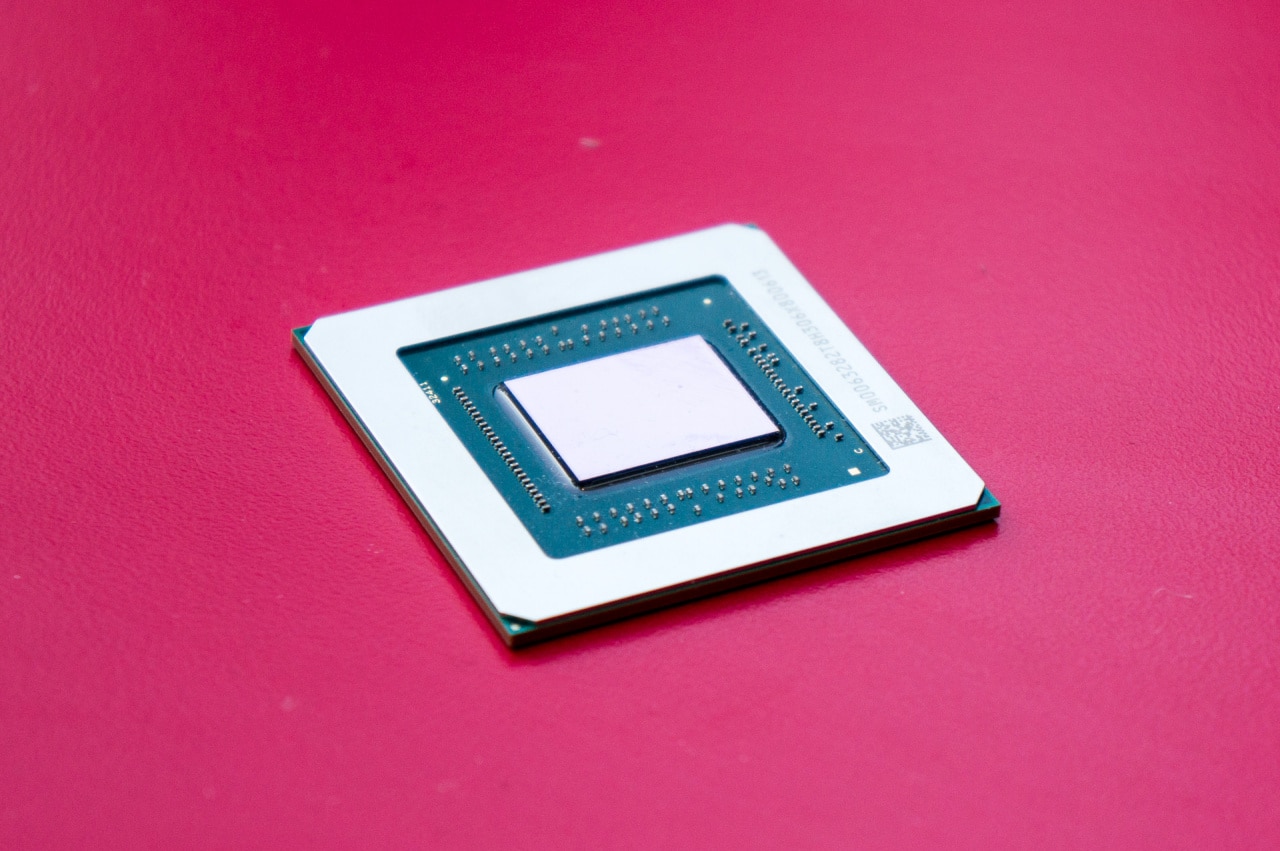When Sony unveiled the first official details of the next game console, it was announced that the Navi-based graphics circuit from AMD would support ray tracing. A few months later, Microsoft also announced that the upcoming console Xbox Scarlett, which is also based on Navi-based graphics, will be supported by the technology.
Support for ray tracing however, is not part of the first generation Navi-based graphics card, or Radeon DNA (RDNA) as the architecture is now called. However, Sony’s and Microsoft’s statements can be explained by a new patent which describes a hybrid solution from AMD. The patent is called “Texture Processor Based Ray Tracing Acceleration Method and System” and describes a combination of hardware and software to provide support for ray tracing.
Unlike Nvidia’s Turing architecture, which uses dedicated complex RT cores to compute ray tracing, AMD uses a combination of a simpler dedicated hardware feature and existing conventional texture devices. The dedicated hardware function is only responsible for calculating how light affects objects in a tree-based structure (Bounding Volume Hierarchy, BVH).
This simple hardware feature complements the texture filtering unit of the graphics circuit and can use the same cache space that the texture units have access to. This means that AMD’s solution avoids the problem of being dedicated ray tracingunits need to be equipped with their own cache spaces for BVH calculations as well as buffer space for data on how light rays bounce.
Since the solution uses the existing computational process (pipeline) for graphics commands, AMD’s hybrid solution does not need a dedicated scheduler in the hardware or software, which also reduces the complexity of the solution. The graphics processor’s shader processor can send out a texture instruction that contains data about transmitted rays, such as the origin and direction of the rays, and send information about the location of the data in a BVH tree.
The texture processor can retrieve data from the BVH tree from memory divided into blocks, and then perform calculations on how rays and objects intersect (ray-box intersection). When the usual calculation process of the graphics circuit is used, high bandwidth is achieved in these calculations, without the increased complexity that would be required if this were to be implemented in dedicated ray tracingdevices.
As both Playstation 5 and Xbox Scarlett will be released at the end of 2020, it seems likely that they will use a complete variant of the RDNA architecture with this hybrid variant of ray tracing-support. The first-generation RDNA card in the Radeon RX 5700 series is comparatively a combination of Graphics Core Next (GCN) equipped with parts of the complete RDNA architecture.















